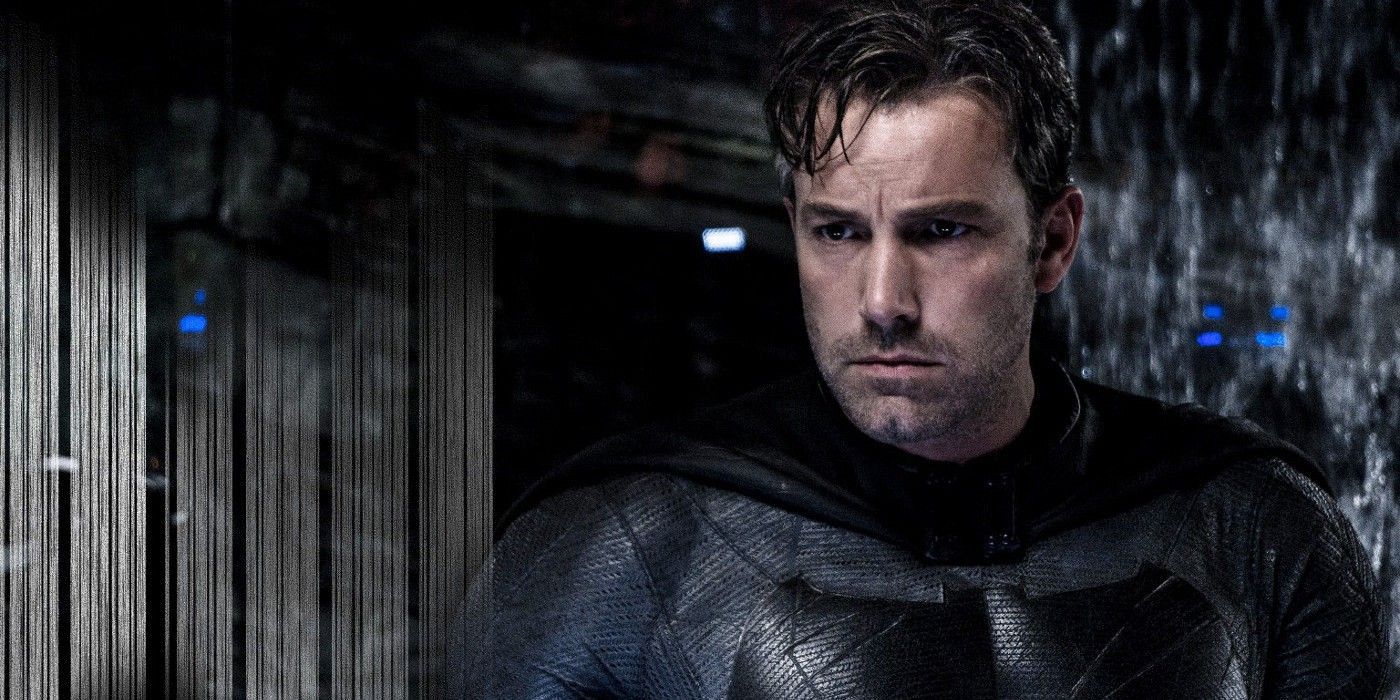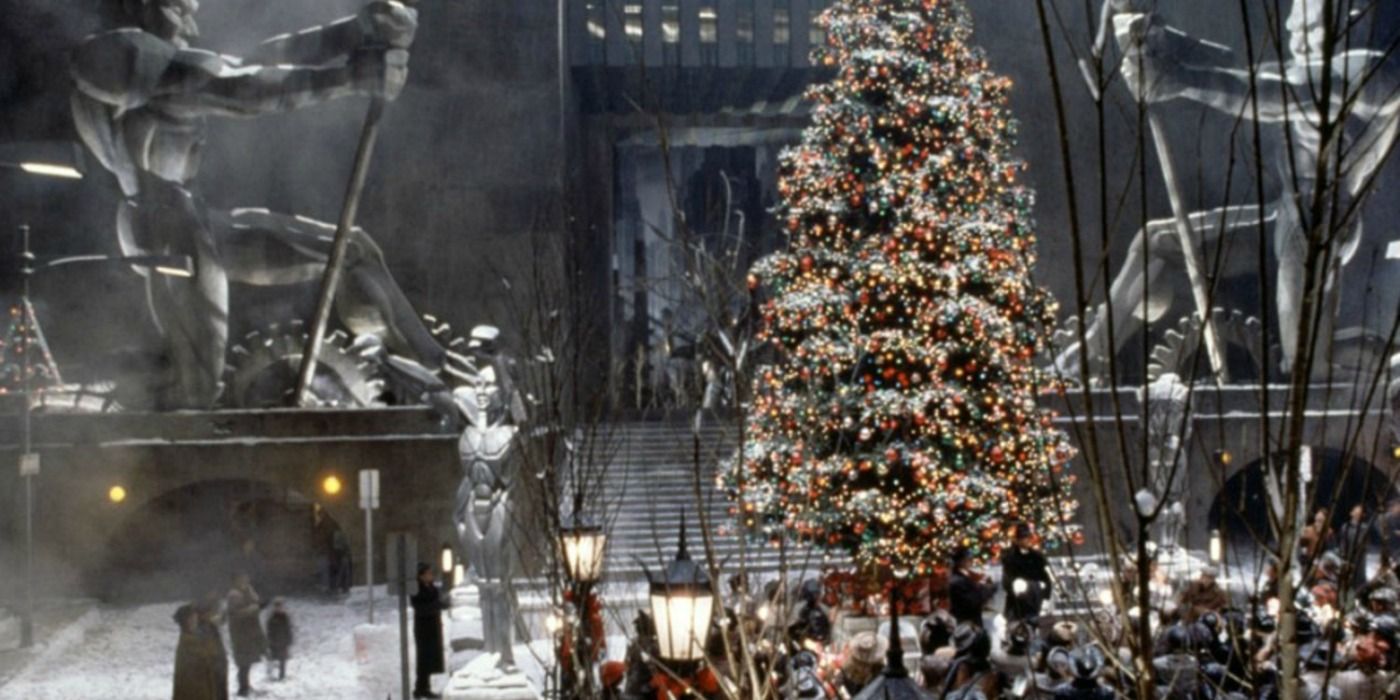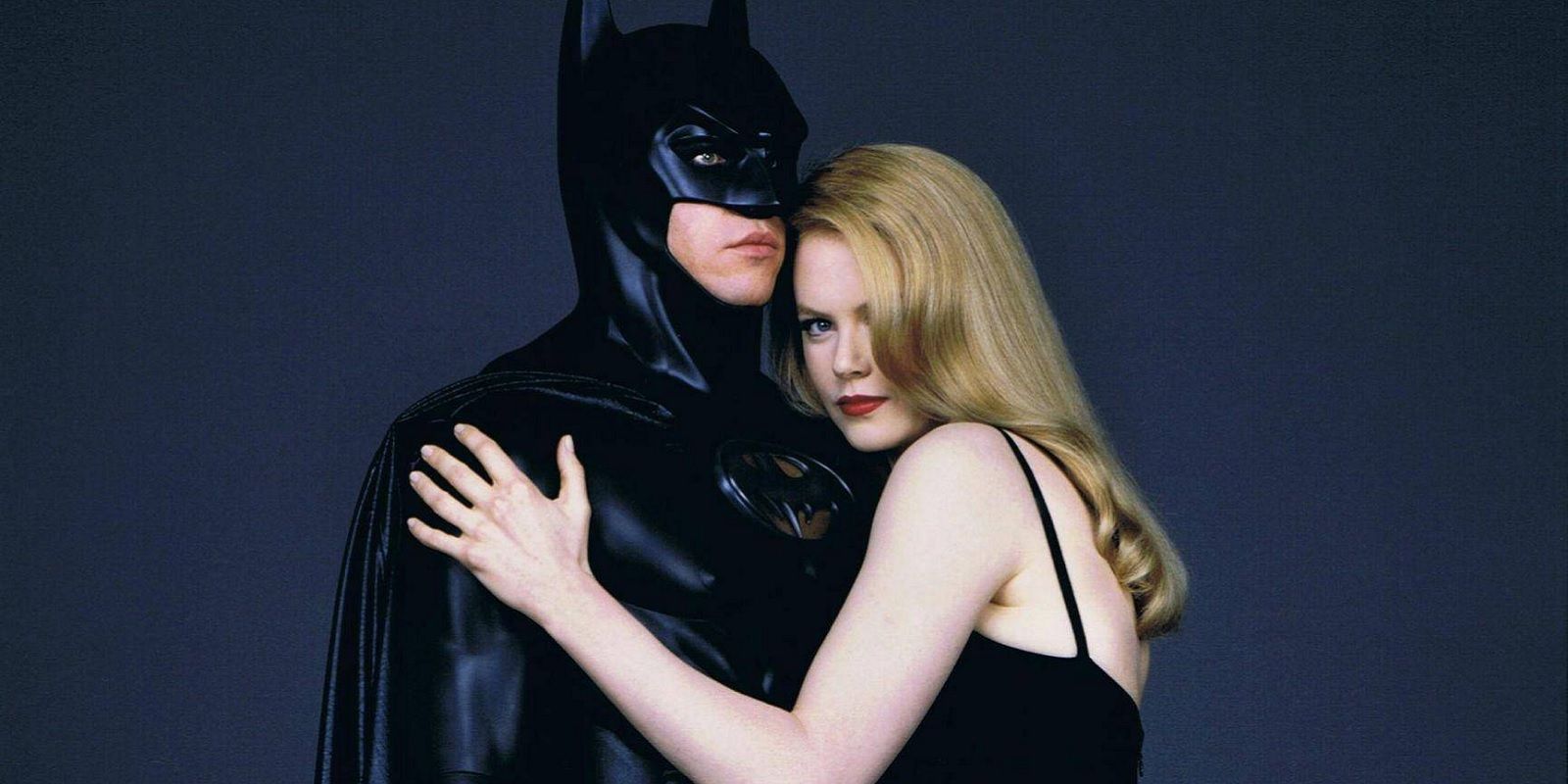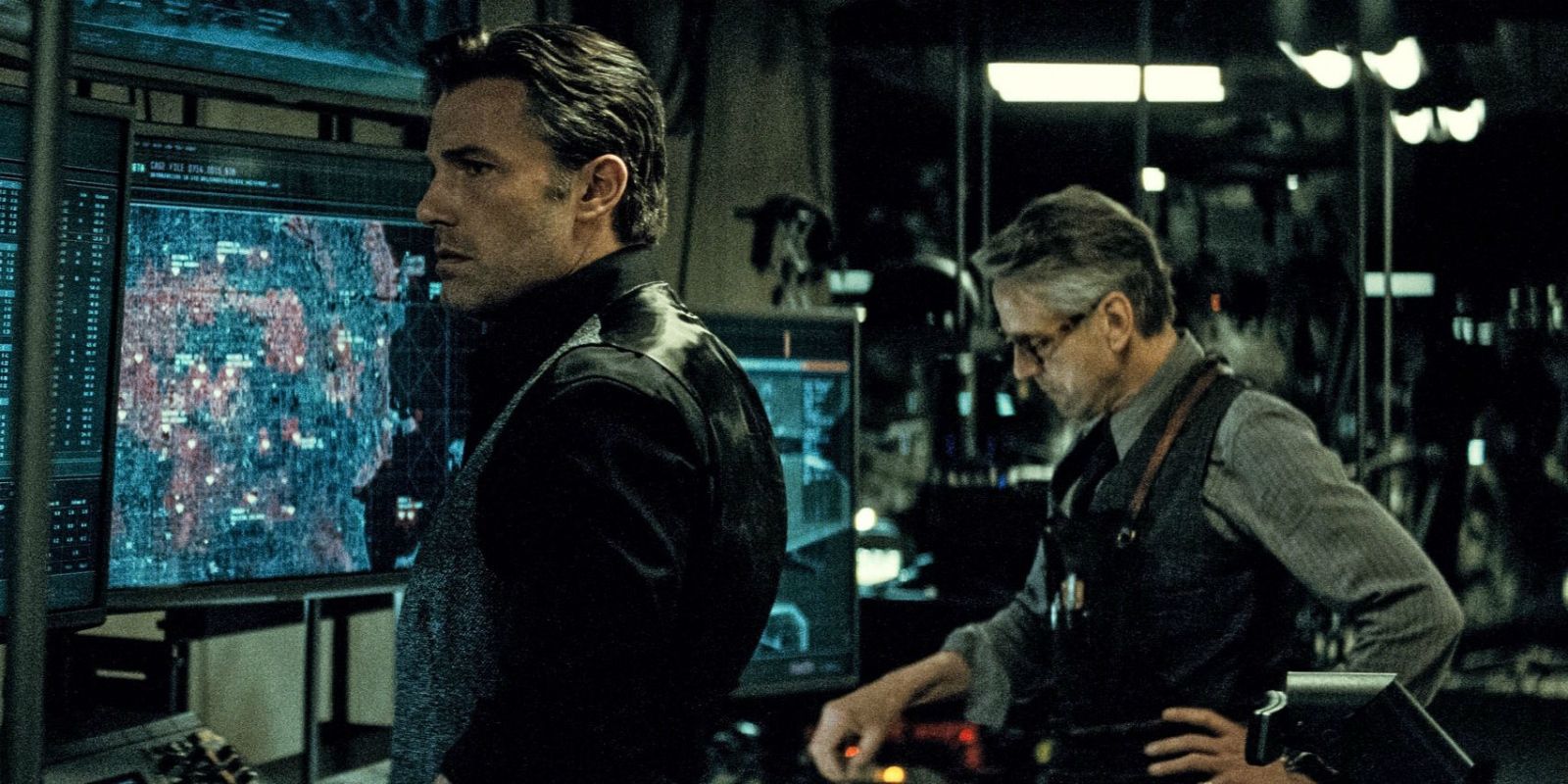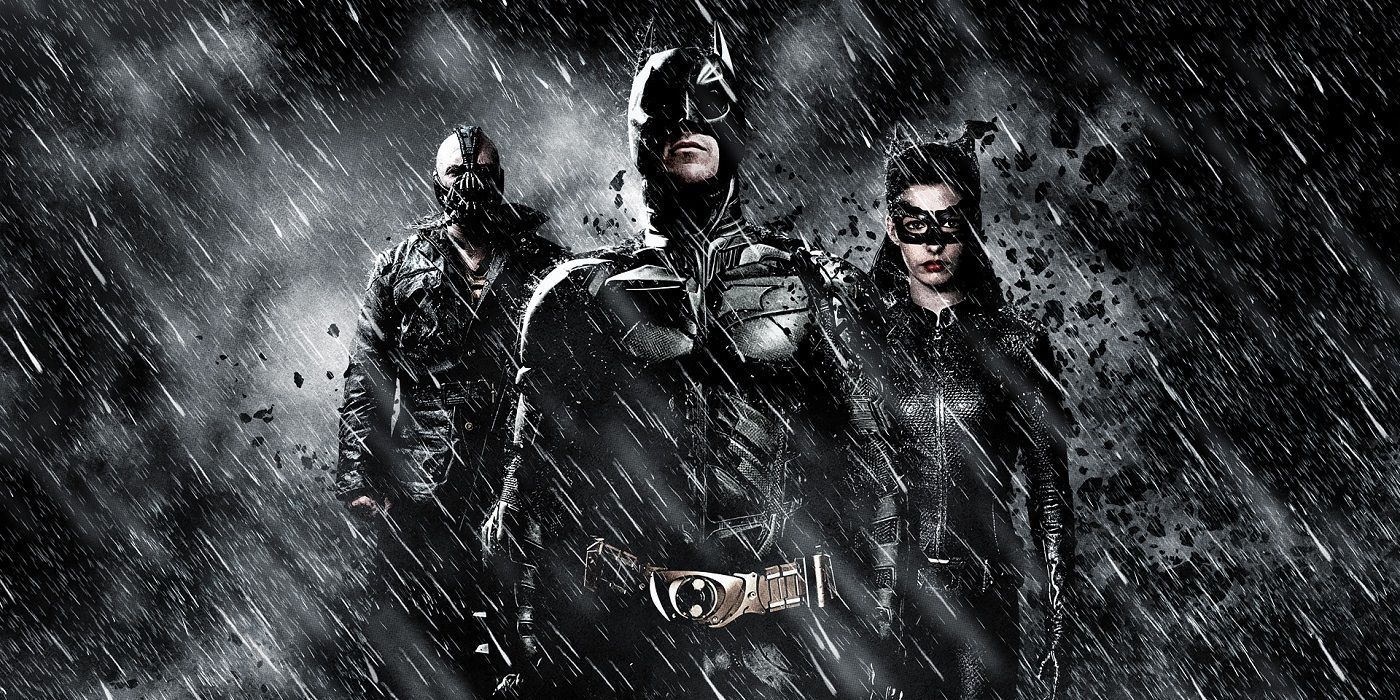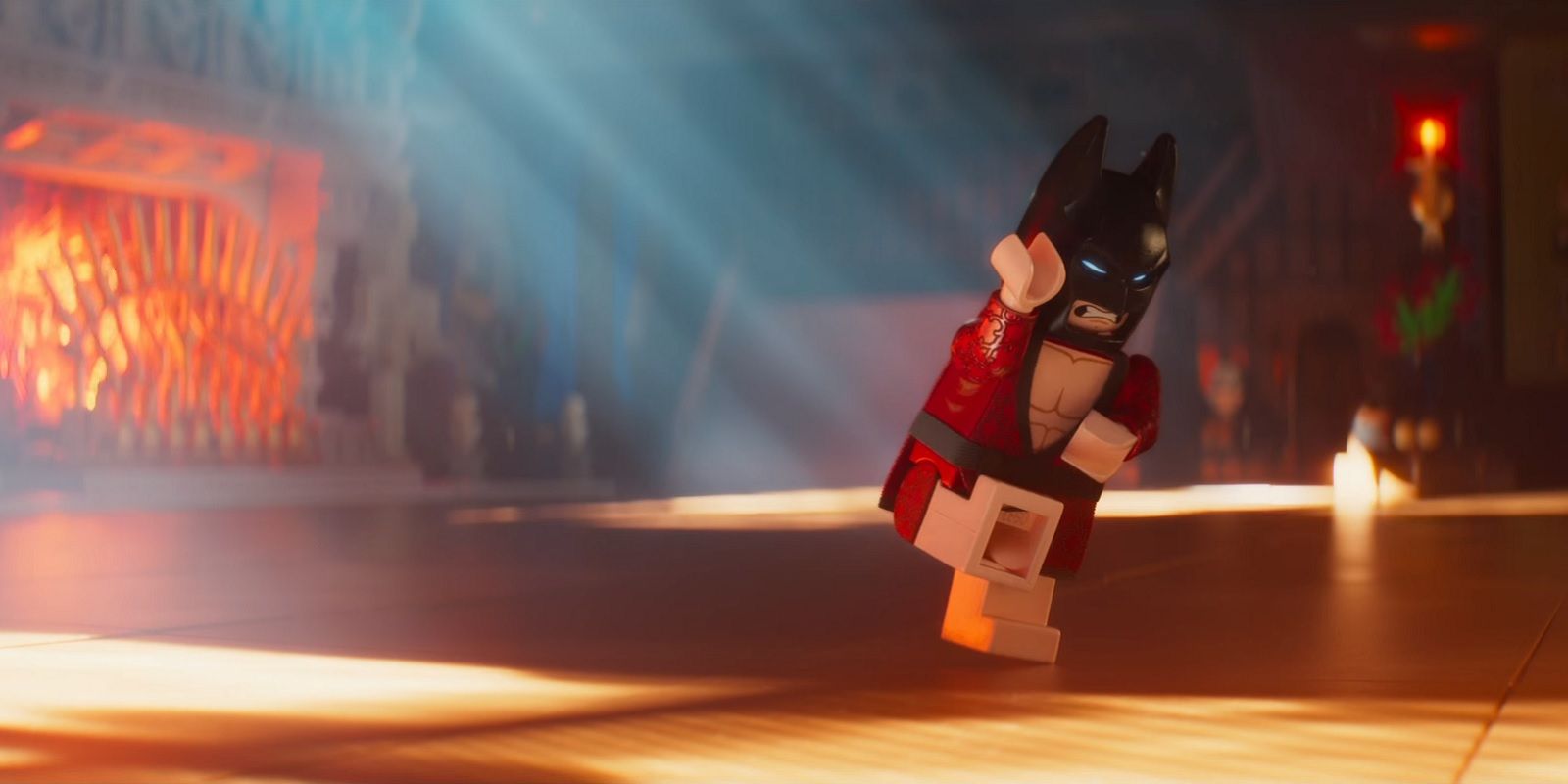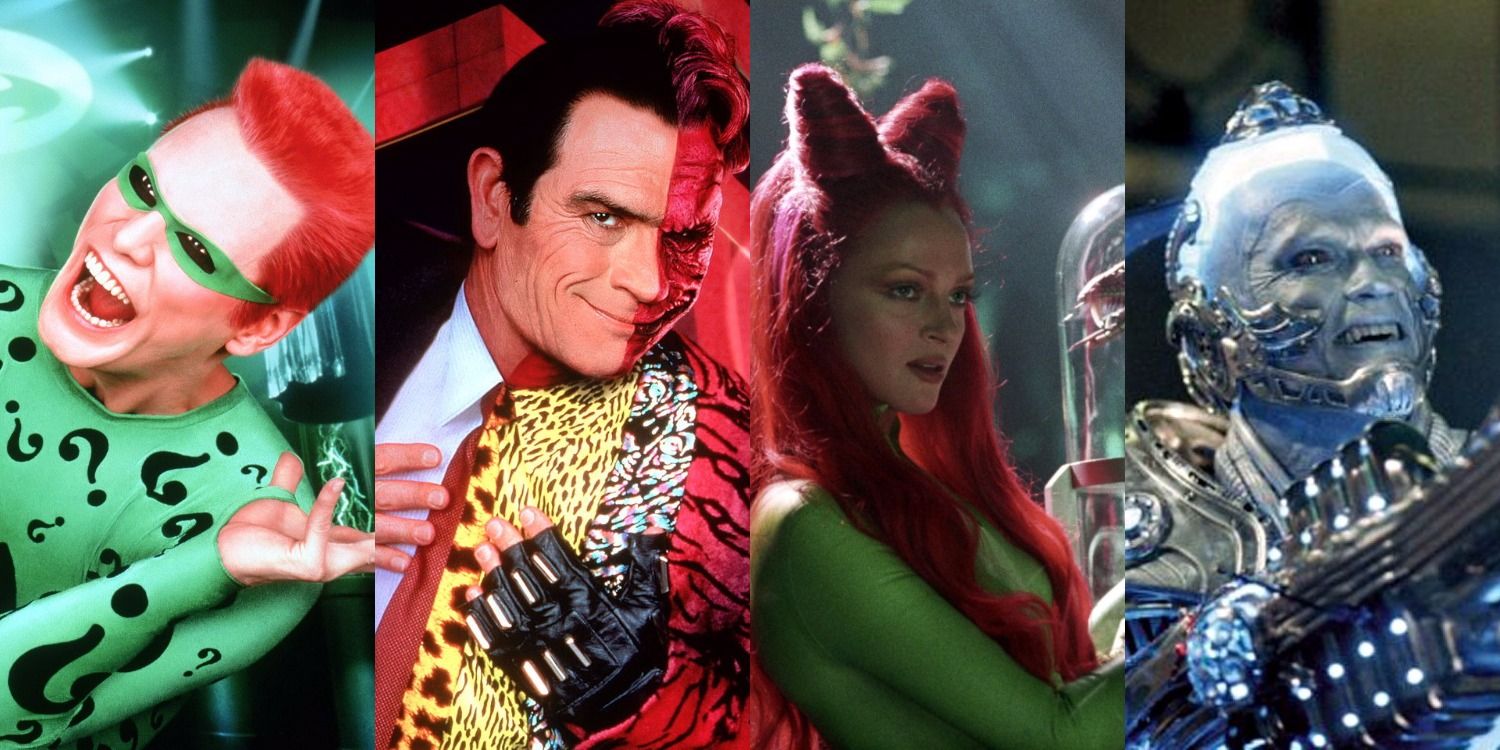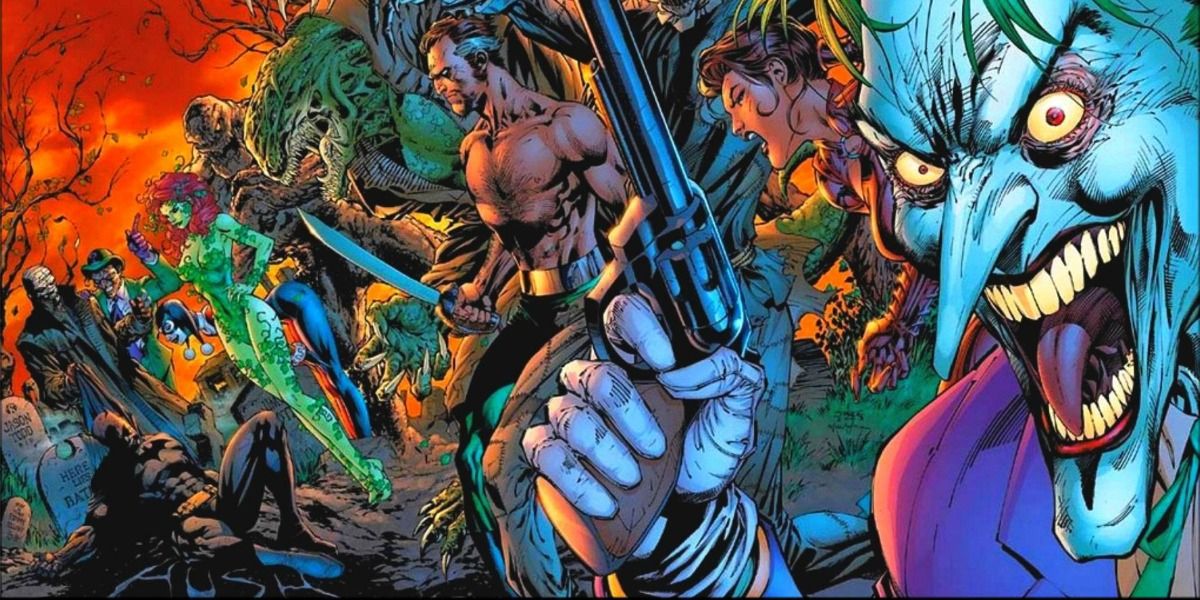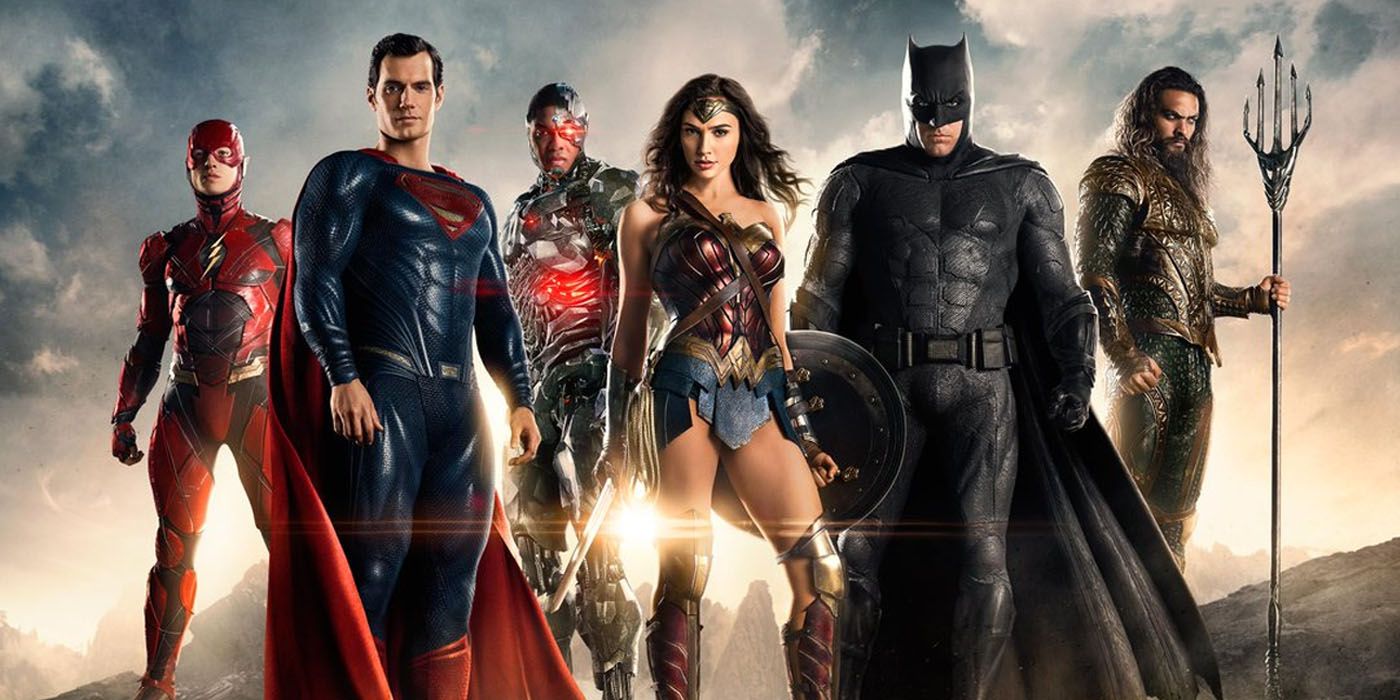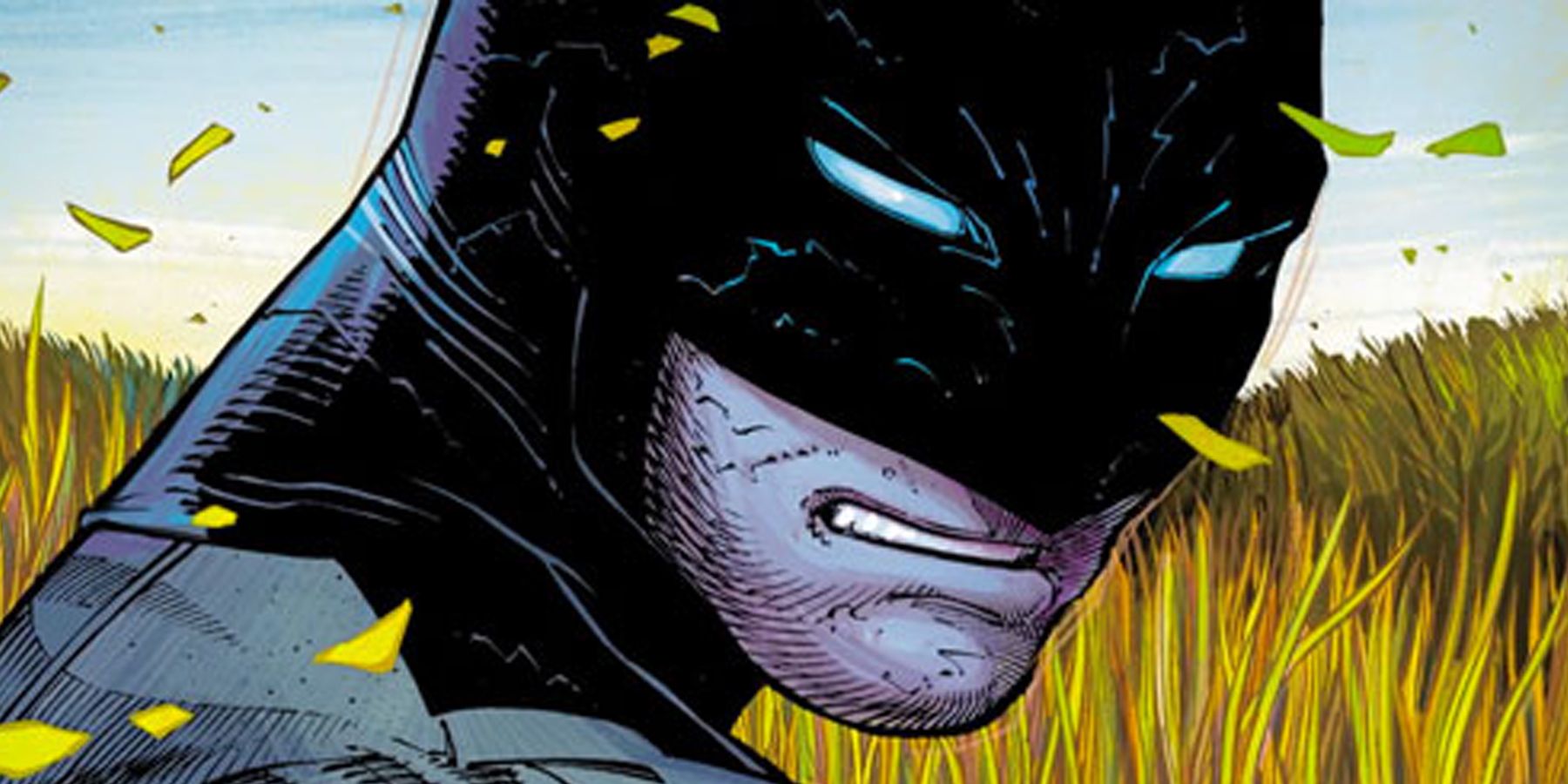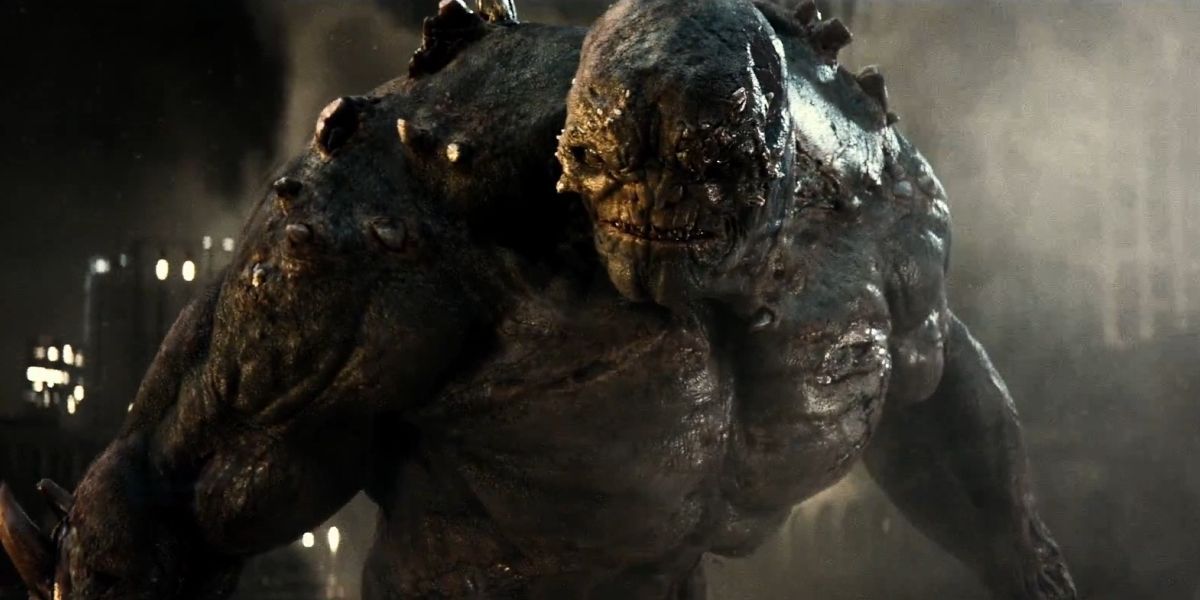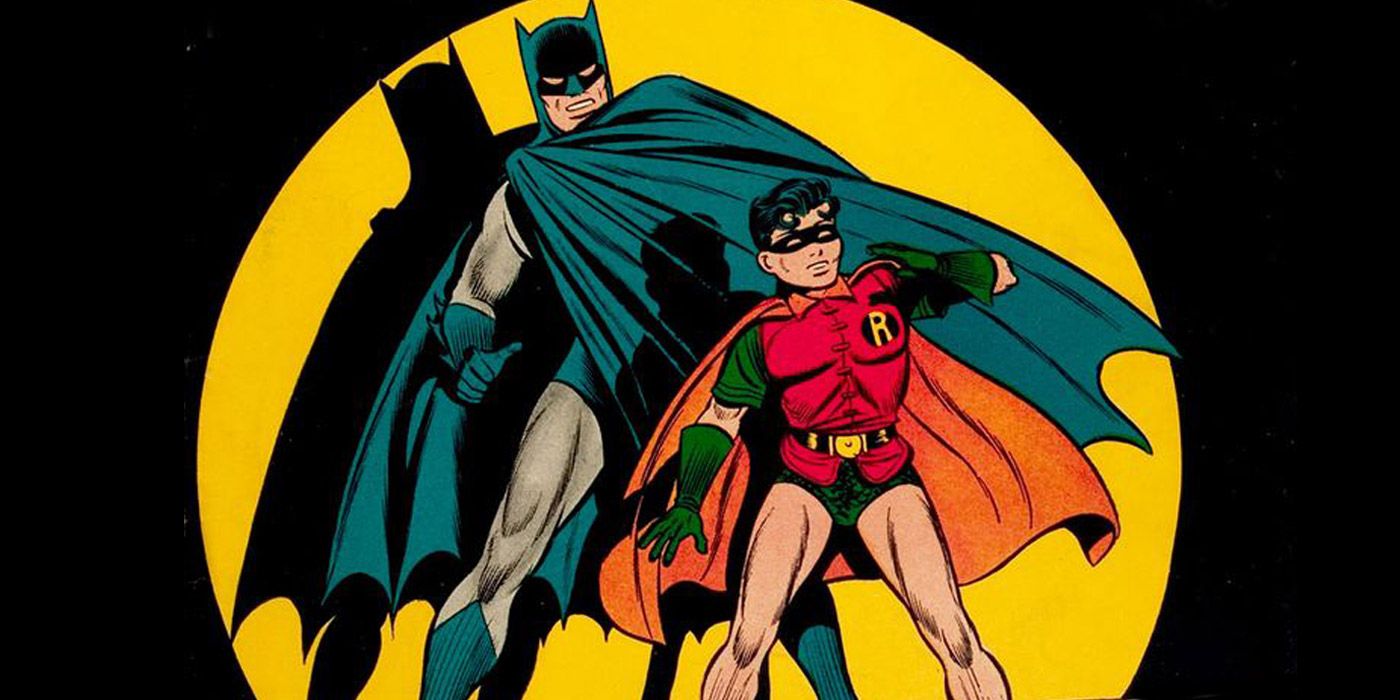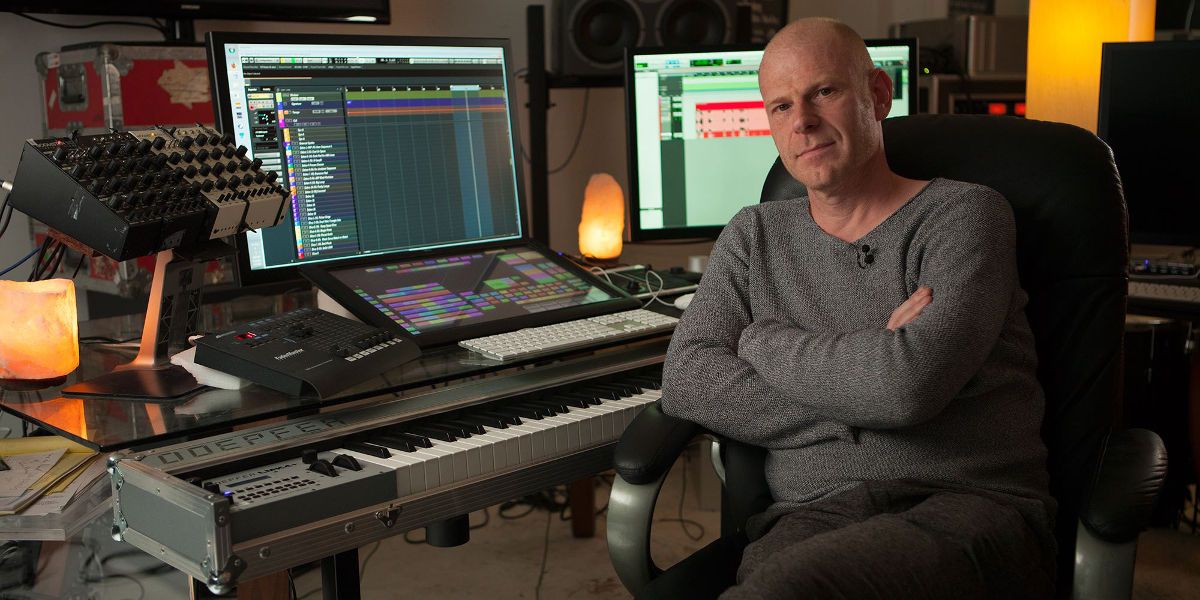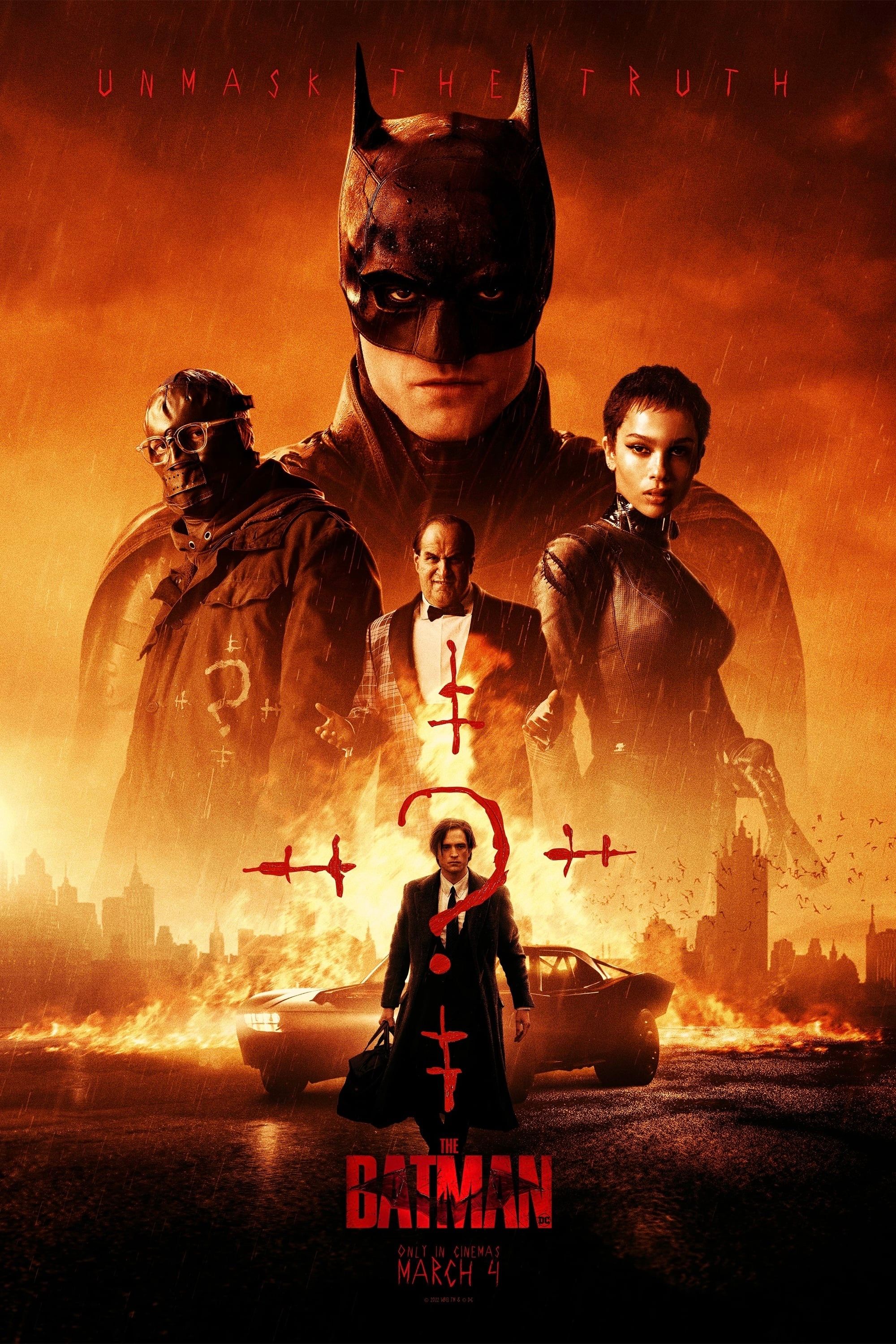By the time actor/co-writer/director Ben Affleck’s The Batman arrives in theaters, which we assume will be sometime in 2018, it will be the ninth modern big-screen installment to star the Dark Knight and the 13th overall, if we include the two 1940s serials, the 1966 companion to the live-action television series, and the character’s cameos in the recent Suicide Squad. That’s a lot of material for Affleck and his creative partners to comb through, to either take inspiration or warnings from.
And just what lessons should the filmmakers cull? It turns out there’s actually quite a bit, both good and bad, which could help make this latest take on the iconic character the best yet – or, at the very least, perhaps the most interesting or experimental.
Do include: A memorable Gotham City
Gotham City has had nearly as many incarnations on the comic-book page as the number of artists who have put pencil to paper, resulting in versions that are realistic and grimy, futuristic and abstract, or exaggerated and haunting. The same is true for the various cinematic undertakings, with the city becoming an almost entirely different place in each and every movie.
Director Christopher Nolan made a bold decision when he opted to film on location in Chicago for most of his Dark Knight trilogy, and while his city certainly feels more authentic and realistic, it also lacks a certain character from its predecessors. This is especially true when compared to Tim Burton’s two wildly different takes: in the first Batman, Gotham is taken directly out of the classic Blade Runner – larger-than-life, foreboding, oppressive; in Batman Returns, it was shot only on soundstages and feels more like something out of German Expressionism – abstract, grand, and thoroughly beautiful, in a haunting sort of way.
Obviously, the DC Extended Universe’s Gotham has already had its grand introduction in this year’s Batman v Superman: Dawn of Justice, and it’s decidedly more Nolan than Burton (especially since it also was based on a real city – this time, Detroit). But that doesn’t mean that Ben Affleck won’t have some sort of leeway or wiggle room to slip a few of these more colorful (both figuratively and literally) elements or designs in, and he absolutely should. If Batman himself is, at times, larger than life, why can’t the city he calls home be as well?
Don’t include: A romance sub-plot
Batman had Vicky Vale (Kim Basinger); Batman Returns, Catwoman (Michelle Pfeiffer); Batman Forever featured Dr. Chase Meridian (Nicole Kidman) stalking the Caped Crusader; the Dark Knight trilogy made Rachael Dawes (Maggie Gyllenhaal) one of its cornerstones. Batman v Superman, however, sported only a brief scene of Bruce Wayne (Ben Affleck) in bed with a one-night stand (much to Alfred's chagrin, Affleck's version of Bruce Wayne doesn't seem to have much interest in becoming a family man).
The bottom line is that neither Bruce nor Batman needs to be pursuing a romance while hunting down whatever new threat has arrived on the scene. This is only corroborated by the comics themselves, the vast majority of which don't feature a 'romance' in keeping with what fans have seen in the big screen. The Dark Knight Detective is a loner, a creature of the night constantly on the prowl, and the romantic leads that get shoehorned in because the Hollywood formula demands it oftentimes feel artificial and out of place.
And there’s another, arguably better reason for this first standalone Bat-film in the DCEU to forgo the cliché: given all the world-building that, presumably, will be done in the movie – featuring guest stars from the other franchises’ protagonists and antagonists, foreshadowing that has to be included for the next Justice League installment – there will no doubt be more than enough to keep audiences engaged, without trying to find room for a rote romance arc.
Do include: Detective elements
On the one hand, the Batman showcased in Batman v Superman was an extreme version, based primarily on Frank Miller’s specific characterization; on the other, however, he featured some elements from the source material (and the animated series and other multimedia iterations) that are rarely seen on the big screen.
Bruce’s actually being a detective was key among these. Batman v Superman opens with the Bat attempting to track down a mystery figure called the White Portuguese, who is apparently trying his hardest to smuggle a dirty bomb into Gotham. Bruce’s investigation into who the White Portuguese is and how, exactly, he goes about enacting his plan involves him being both Bruce Wayne and Batman. It was not only well done, but also a refreshing variation on the cinematic theme – and The Batman would do well to expand this depiction.
Telltale Games' episode Batman game, which released its latest episode this week, has been praised for allowing players to spend time with the Bruce Wayne that the rest of the world knows - the businessman who has to navigate the world without the aid of a cape and cowl. The right kind of Batman movie would show off the character's intellect and deductive skills, rather than painting him as simply a rich guy who's good at hitting people.
Don’t include: An overly-convoluted plot
Though Chris Nolan’s Dark Knight entries are rightfully praised, one of their flaws is the effort to stack so many different narrative elements – characters, sub-plots, various thematic motifs – into a single film. It’s absolutely a worthy goal to tell a more sophisticated, more nuanced story – but it’s quite another to drown that story out in all its various (sometimes conflicting) constituent parts. It’s the difference between, say, the first Matrix and The Dark Knight Rises; the latter would have worked beautifully as a television series but feels somewhat overstuffed film (the success that the movie’s chief writer, Jonathan Nolan, has had with Westworld is proof enough of this).
While Dawn of Justice has already started down this path – the film’s so convoluted, it requires the 30 extra minutes of the Ultimate Edition to tell a complete story – there’s nothing that demands that The Batman follow this lead. A good story, well told, with engaging characters and themes, doesn’t need either the extra narrative detritus or the faux-sophistication.
Do include: Humor
Yes, Bruce Wayne is the silent, brooding type. Yes, Batman movies are filled with shadows and ominous music. But this doesn’t mean that humor has to be stricken from the record. In fact, some of the most successful scenes over the past 27 years have been rooted in a comedic beat, whether it be Alexander Knox’s (Robert Wuhl) over-compensatory witticisms in Batman, the Joker’s (Heath Ledger) pencil trick in Dark Knight, or practically anything that pretty much any iteration of Alfred Pennyworth says or does. And let’s not forgot Jack Nicholson’s iconic take on Joker, or Danny DeVito’s Penguin, or (at times) Liam Neeson’s Ra’s al Ghul, despite the fact that Nolan’s films tend to be rather mirthless.
The dry wit of Jeremy Irons' Alfred provided a few laughs in Batman v Superman, and Suicide Squad leaned into humor even further. We’re hoping to see this expanded in the Batman solo film outing, perhaps from supporting characters who can than flesh out Batman’s dark, lonely world in the process.
Don’t include: Joel Schumacher’s humor
Humor can be a fine line in any film, but particularly so in a Batman chapter – and especially so in the DC Extended Universe’s Batman. So, on the one hand, we understand how director Joel Schumacher could’ve messed this particular element up in his two Bat-ventures, Batman Forever and the even-more-insipid Batman and Robin. On the other hand, however, the humor derails and wrecks the entire undertaking (and these two movies got literally every other element wrong, besides).
Jim Carrey’s take on the Riddler is one of the most egregious roles ever committed to celluloid, amounting to a living, breathing cartoon character prancing all over the screen and sucking nearly all the oxygen out of the entire narrative; as we’ve stated before, he’s more Carrey than Edward Nygma, doing mile-a-minute impressions and goofy voices rather than forwarding either a character or the story. And Arnold Schwarzenegger’s Mr. Freeze – along with Uma Thurman’s Poison Ivy – in Batman and Robin doesn’t even bother to pretend he’s anything other than a cardboard cut-out being positioned around the other actors, spouting lines and sporting costumes that still haunt us to this day.
It’s highly doubtful that Affleck and his brain trust would ever want to go to this extreme, but they would be wise to keep Schumacher’s debacles firmly in mind as a lesson as to how slippery slopes can start the very second one steps off the path.
Do include: Multiple villains
It’s one thing to have tag-teaming villains – the Penguin and Catwoman in Batman Returns, for example, or the Joker and Two-Face (Aaron Eckhart) in The Dark Knight. It’s also fine to have previous baddies make cameo appearances in the subsequent installments, such as the Scarecrow (Cillian Murphy) showing up in Nolan’s entire trilogy. But it’s an entirely different beast to have these small collections of antagonists essentially appear in a vacuum, without the context of all the other Gotham denizens floating about in the background.
Let’s take a look at the comics: in one particular story arc, Batman and Robin may be hunting down, say, the Ventriloquist, but Killer Croc gets mentioned. Or maybe readers get to follow the Dynamic Duo dropping off the Mad Hatter at Arkham Asylum, where all the other members of the rogues gallery perpetually hang out. It’s subtle, but it pays off – it’s the difference between fostering a narrative community as opposed to having a string of individual plots stacked one after the other. And since this is meant to be a part of a larger shared universe, anyway, the more Gotham feels populated with the best villains in comic book history, the more narrative rewards there are to reap.
Don’t include: Multiple superheroes
We know that Warner Bros. will be eager to cram every last reference to other properties within the DCEU into Affleck's movie, since Batman remains one of the studio’s biggest film franchises of all time, and the studio has already done so with Batman v Superman. Still, we’re hopeful to see The Batman retain as much independence as possible.
This doesn't necessarily mean that the movie has to be standalone in nature, featuring no world-building whatsoever, but there is a danger of it becoming overstuffed - something that Batman v Superman was criticized for. To use a Marvel example, Ant-Man arguably had the perfect amount of self-contained narrative and (meaningful) connections to The Avengers, and there’s absolutely no reason why Affleck can’t force his movie into the same storytelling mold.
Do include: A scary Batman
The Caped Crusader has, at times, come across as dynamic (Batman) or foreboding (Batman Begins) or as a force of nature (Dawn of Justice) – but rarely has he been depicted on the silver screen as either creepy or downright scary. The closest we’ve ever come to having this traditional part of the comics mythology be realized cinematically is, ironically enough, the character’s first two appearances in the DCEU: in Suicide Squad, we get the vigilante suddenly emerging from the shadows to take Deadshot (Will Smith) into custody; and in Batman v Superman, we have the man dressed as a bat actually acting like his namesake, perching in the corner and then somehow squirming across the ceiling until he can flee out of the house.
These are a good start, but so much more can be done, and having an entire film be erected upon this foundation would make for such a fundamentally different theater-going experience.
Don’t include: Endless action sequences
This is a fine line between continuing to depict Bruce Wayne’s cinematic alter ego in new and different ways and committing what is becoming an ever-more-flagrant sin, especially as comic book adaptations continue to multiply: action bombardment.
Some movies feature so many over-the-top action sequences, or mind-numbing explosions, or slo-mo-fueled stunts, that viewers almost instantly get desensitized by it, and, suddenly, all drama seems to have been zapped from the movie’s climax. There are few better examples than Batman v Superman – when Doomsday (Robin Atkin Downes) finally shows up to harass Superman (Henry Cavill), Batman, and Wonder Woman (Gal Gadot), it’s just a CG fest that seems to be devoid of any real stakes.
This is something that the more-earthbound, superpower-less Batman simply cannot do in his next solo outing; otherwise, it not only detracts from whatever internal drama there may be to the story, it also undermines such superpowered theatrics in what are supposed to be the bigger-spectacle movies, such as Justice League.
Do include: Faithfulness to comics’ spirit
In the DC Universe, Batman sometimes is a creature of the night sharply curtailed by his mortal limits, but, in other instances, he’s traveling backwards through time, or cruising out to space to battle demi-god-esque alien warlords, or teaming up with any number of the Batman Family members, from the various Robins to Batgirl to Batwoman to Batwing.
That’s quite the gamut of different tones and feels, and it’d be terrific to get more of those different essences captured in the same film. On a larger, meta-franchise scale, Warner Bros. has already engaged in the practice, with Batman v Superman’s figure being the Frank Miller extremist who tortures (and kills) people; Justice League can feature all the interstellar shenanigans and, perhaps, time-travel adventures; and The Batman can concentrate on yet another subset.
Don’t include: An amorphous soundtrack
Under Tim Burton’s direction, composer Danny Elfman worked hard to create iconic themes for Batman. He succeeded – not only has his work gone on to influence the various animated series that have cropped up over the past three decades, they’ve largely been cemented as the definitive musical version of the character. The two Joel Schumacher movies started with Elfman’s work but moved in a different direction, adding in multiple layers of brass and – not surprisingly – an overall more cartoony feel. The result is a soundtrack that is just as obnoxious as the films themselves.
It’s not surprising that Christopher Nolan would instruct Hans Zimmer to start over from scratch for the Dark Knight trilogy, moving to a less distinct sound that treated the traditional theme as a formulaic fanfare. This transition to a purely amorphous sound was finished in Batman v Superman, and though both Zimmer and his new partner, Junkie XL, did an admirable job, it’d be nice to see the pendulum swing the other way and return to the more classic approach. Let’s drop the soundscape for a new, rousing theme that’s just as iconic as Elfman’s original but updated – and let’s also drop all the bombast, which can be nearly as desensitizing as the movie’s near-endless action sequence(s).
-
Do you have your own ideas about how Ben Affleck can get his Batman movie right? Let us know in the comments!

